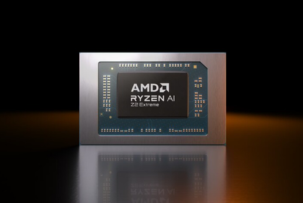China Sharpens Its Tools for the Chip Race
15:13, 19.08.2025
China is moving closer to the global leaders in chipmaking technology. Researchers at Zhejiang University in Hangzhou have unveiled the country’s first commercial electron beam lithography system, named Xizhi after the famous calligrapher Wang Xizhi. The tool directs a focused electron beam onto silicon wafers, writing circuit patterns with extreme precision. According to the team, it can create features as narrow as 8 nanometers with alignment accuracy of just 0.6 nanometers.
The achievement comes as Washington continues to tighten export controls on advanced semiconductor equipment. In 2022 the US restricted shipments of electron beam systems and pressed the Dutch government to curb sales of ASML’s most advanced machines to Chinese buyers. Cut off from these critical imports, Beijing has pushed to accelerate homegrown development.
Precision Meets a Productivity Wall
While Xizhi demonstrates remarkable accuracy, it also highlights a familiar limitation. Electron beam lithography works point by point, which means producing a single wafer can take hours. This makes the technology powerful for research, testing, and prototype design but impractical for large scale manufacturing.
For commercial chips China still relies on deep ultraviolet systems, which remain the workhorses of its semiconductor industry. The new machine may not deliver production-ready chips, but it helps Chinese labs close the research gap with Western firms.
Looking Ahead
ASML’s High-NA EUV systems remain far ahead in performance, yet China’s progress is notable. Each new tool strengthens its ability to experiment and train engineers at home. The real question is whether innovations like Xizhi can eventually evolve into production equipment or serve mainly as stepping stones. For now, the gap with the United States remains wide, but China is clearly learning fast.


